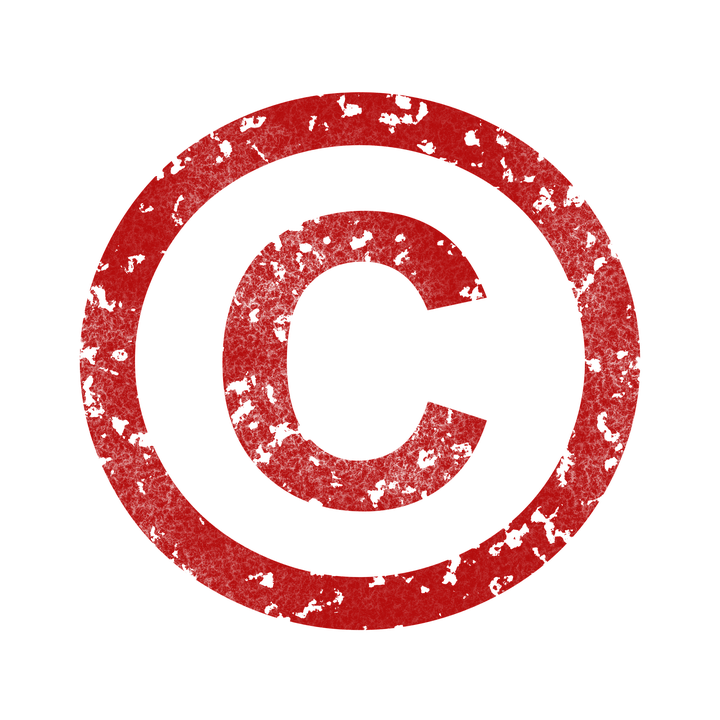Recently, there has been a rise in interest in innovation and entrepreneurship. What many people don’t know is that a business idea must be protected at all costs. Innovators and entrepreneurs need to understand the importance of intellectual property. Here are some of the types of protection you can use to secure your idea.
1. Patents
A patent is granted to prevent other parties from duplicating, selling, or using your invention. The invention could be a product, a composition of matter, an apparatus, a method, or a computer program. To get a patent, you must fulfill the patent legal requirements, which mandate that the idea be new and then submit an application describing your invention to the U.S. Patent and Trademark Office. When the office determines that the design is unique, a patent will be issued. Generally, the process takes up to two years. You do not get the right to stop or sue others from using your ideas or collect damages for unauthorized use until the patent is issued.
Before visiting your attorney, you are advised to refrain from publicly talking about the innovation since it could trigger other laws, which makes you lose protection rights. In addition to the patent, you should have written documentation showing that you are the real inventor. If employees were involved, have them sign an agreement that the inventions developed during their tenure belongs to the company, advised Robert McKinley Attorney, who represents his clients in multiple areas of law, aggressively litigating, serving as local counsel, and seeking the best resolution to legal claims and disputes. He has over twenty-five years of experience in patent and trademark litigation as well as proficiency in other specialties including breach of contract and breach of employment agreement cases. In addition, Mr. McKinley holds his degree in Electrical Engineering and is skilled in working with mechanical, electrical, and computer systems and devices.
2. Copyrights
Copyright prevents any form of duplication of any computer program, writing, or any work of art. The inventor automatically gets copyright protection the moment the work is produced to a tangible form. Ownership rights can be forfeited if the work is created without proper notice, which is shown using the symbol (c), the owner’s name, and the year of publication. You can register a copyright by applying at the Copyright Office of the United States.
Copyright laws do not only protect conventional texts such as pamphlets and books but also all written and artwork used in advertising and promotion. This includes operating and sales manuals, all advertisements, package designs, and operating manuals. Works of art protected by copyrights include belt buckles, lamp bases, and fabric designs.
Unlike trademarks and patents rights, copyright protection is acquired upon the creation of the product. To preserve the right, you should have proper notice of your work every time shown in public. If you have published a substantial job, you should apply for federal registration since you will need it to file an infringement suit. If you don’t file for registration, it can prevent the recovery of attorney’s fee and statutory damages. Companies and individuals who create many copyrighted works may prefer to forego federal registration until it becomes apparent that their publications have some importance.
3. Trademark
A trademark is a phrase, word, or symbol that identifies your innovations in the marketplace. Unlike patents, a trademark is a creative way of advertising your product. To establish the trademark, you have to use it in a commercial sale of the product or service. This should be followed by an application to register the mark with the U.S. Patent and Trademark Office. The office will research to determine that the mark is not very similar to any registered mark. If your trademark is unique, you will be granted an official registration, which will prevent other people from using the mark in the United States.
The basic requirement to preserve a chosen trademark is to search to determine that the mark is available. Before filing for trademark registration, you should get legal advice to ensure the mark can be registered and learn how to use it lawfully to complete the registration process. To determine whether the mark has been used before, your trademark attorney can check with the U.S. Patent and Trademark Office. This search will reveal whether the mark has been used in the United States only. However, a private computer search can check on a larger database, which shows whether the mark is used anywhere in the world, should your brand become global. The cost for either search ranges from $300 on the higher side.
4. Trade Secrets
These are the documents and information within the company that a company takes measures to protect from outsiders. These pieces of information are not necessarily sold upon the sale of the company. They include recipes, blueprints, and customer lists. The company owns these secrets upon its creation. No application needs to be submitted anywhere.
Innovative ideas are what make companies succeed. Therefore, protect your thoughts even before you start product development to avoid infringement.


